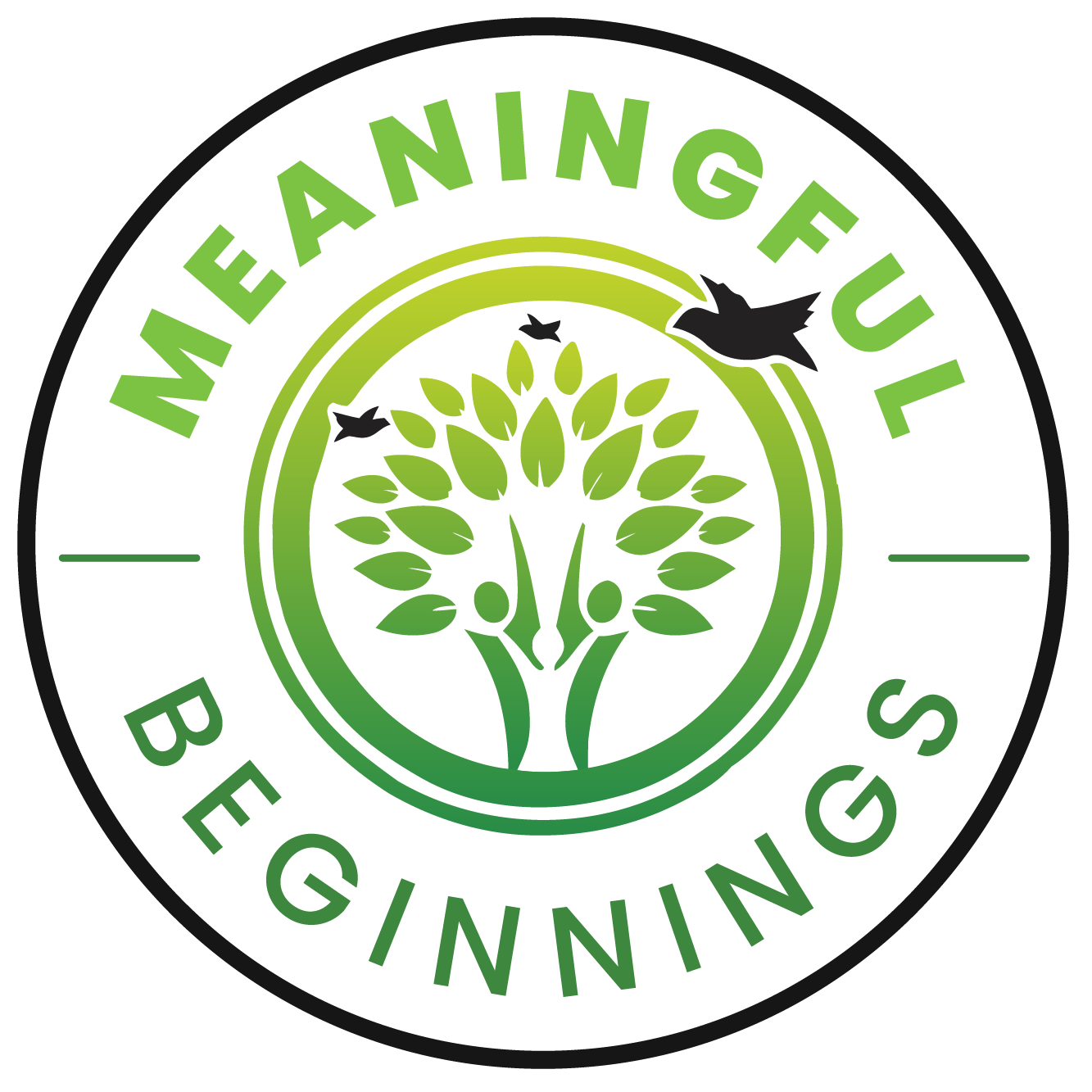Can introducing your child to risks be a good thing?
As a caregiver, you’re probably thinking that you don’t ever want your child involved in risky behavior! However, strategically introducing risk at a young age can help your child develop skills that are essential for living a safe and healthy life!
Essentially, the idea of introducing risks to children is based on the thought that trying (and possibly failing) gives children the opportunity to learn valuable lessons. Otherwise, parents and caregivers end up doing everything for the child – which can lead to co-dependent relationships and underdeveloped skills.
Benefits of Encouraging Children to Take Risks
Every “risky” experiment children perform should be done in a safe and semi-controlled environment – you want your child to have enough freedom to make a mistake, but you don’t want them to seriously injure themselves or someone else.
For example, if your child wants to learn how to swing on the monkey bars, they run the risk of falling, hurting their legs, or falling on another child. You can mitigate the risk by standing underneath your child with your arms out, ready to catch their fall.
This scenario encourages:
- Self-confidence. Even if they can only hang for a second, they accomplished something! Give them a high five and tell them they did a great job. Accomplishments like these show children that they are more capable than they think.
- Self-regulation. Let’s say your child learned how to use the monkey bars on their own, and you don’t need to catch their fall anymore. Feeling extra confident, they try to swing from rung to run extra-fast, over and over again. When they get home, they realize their hands hurt and have blisters. You can help them connect the dots between their actions on the monkey bars and the undesirable result, ask them how they can avoid blisters next time, and create a better plan for next time.
- Caregivers must place trust in their children. Allowing children to take risks communicates to children that you trust them to do the right thing and believe that they can succeed.
- Identifying areas for opportunity. It can be hard to determine where your child is, developmentally, if they never have the chance to try new things. Giving children the chance to explore their capabilities will let you know if they need extra attention in certain areas. For example, if your child consistently has trouble hanging on to the monkey bars, they might need some form of physical therapy.
How to Safely Introduce Children to Risk
1. Assess the risk and benefits
Ask yourself two things before allowing your child to experiment:
- What’s the worst thing that could happen?
- What’s the best possible outcome?
Caregivers tend to prevent their children from taking risks because of fear. Although it’s completely normal to be afraid for your child, fears rarely reflect reality. Asking yourself these questions can help you weigh the risk vs. the benefit and make an objective decision.
2. Think about your child’s capabilities
Risk-taking helps children develop their skills, but it’s important to remember that every child develops at their own pace. Just because your friend’s 2-year-old has already mastered certain activities, that doesn’t mean your child has to.
Think about how your child follows directions, how well they understand consequences, how they make decisions, and if they have any physical limitations. These will help you decide whether or not your child is truly ready for a new situation.
3. Assess the environment
It’s crucial to gain a complete understanding of the environment your child will be in, so you can fully assess the amount of risk. For example, your child might be old enough to play outside alone, but you should always have someone keep an eye on them if you don’t have a secure yard.
4. Find teachable moments first
Warm your child up to taking risks by participating in activities with them and teaching them the necessary skills. For example, if your child is learning how to make a sandwich, start by making sandwiches in front of them and explain what you’re doing, step-by-step. When they understand the instructions, practice making sandwiches together. When they stop looking to you for direction, ask them to make themselves a sandwich without any help.
5. Set limits
You can allow your child to experiment within certain limits for their safety and your peace of mind. For example, if they’re learning how to drink out of a cup without a sippy cup, tell them they can only practice with water at the beginning. This will allow them to master the skill without getting sticky liquids all over themselves or the house.
Of course, there will be sticky accidents in the future – turn an accident like this into a teachable moment by asking:
- What happened?
- Why do you think that happened?
- How can we avoid that next time?
6. Slowly increase risk
Allow your child to take bigger risks as they broaden their skillset. For example, if your child has mastered making a sandwich and carrying water without spilling, you might be able to allow them to be in the kitchen with you while you cook a hot dinner. You can use this kitchen time as an opportunity to teach about sharp knives, hot stoves, and what can happen when you’re not careful. You might have a little sous chef on your hands before you know it!
Learning and Growing at Meaningful Beginnings
The caregivers at Meaningful Beginnings are trained to help students learn and grow through careful risk-taking. We have worked hard to cultivate a safe environment that encourages healthy development at the proper age – or earlier if your child is ready. Contact us today to learn more about our educational models!








